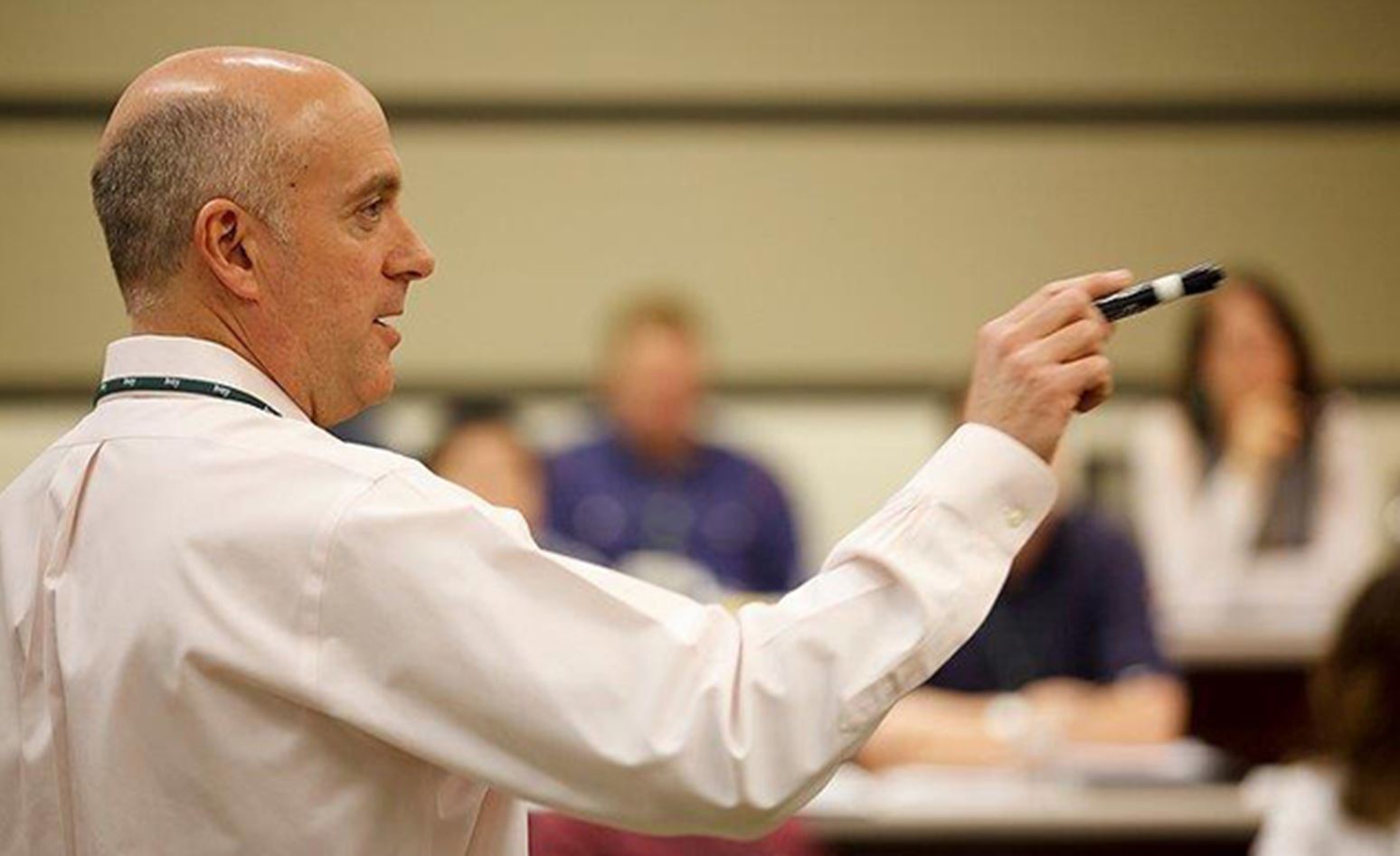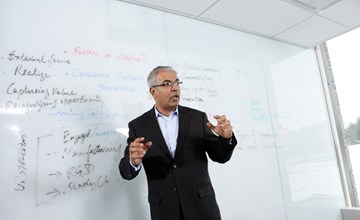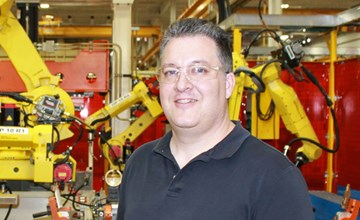“How do you define innovation?”
Professor Eric Morse often asks this question. As a consultant, researcher, and teacher of entrepreneurship for decades, the lack of a clear answer is a pattern he’s noticed in many established businesses.
This year in Bangalore, he asked the same question to over 40 executives at the inaugural India Ivey Idea Forum: “Building an Innovation Culture.” After some discussion, final answers from the audience included “creating new products,” ”doing things differently,” and “new solutions to existing problems.”
While these responses are all potential outcomes of innovation, Morse explained that the variability in the answers illustrates a simple but serious problem many firms have with producing innovation. Many managers are quick to say, ‘let’s innovate’ without establishing what that means for their firm specifically.
Related to this story
“Too often, we go back to our organizations and ask for innovation without really defining what it is that we are talking about, it shouldn’t be surprising that managers often don’t get what they expect,” Morse said, explaining that firms must have a really good understanding of what innovation means before they take it on. Lowering the uncertainty is the first step in facilitating more innovation from your employees.
Here are four other solutions he shared with event guests:
Understand the role of people
The idea generation and implementation process in an organization are all driven by people; the ‘human’ resources.
Often managers associate the concept of innovation with technology, new-ness, and creativity. Though these elements are all very much tied into what makes innovation happen, there is still one piece missing in the puzzle: People.
“We need to make sure that innovation is a people centred process,” he explained. “Too often, any definition of innovation does not include people, and yet people drive innovation.” Simple questions managers can ask themselves as to whether they have a people-centred process:
- Do your people have permission to innovate
- Do they understand the outcomes desired
- Do they have the time to innovate?
Respond to change
Morse emphasized the importance of change and responsive management. When an organization changes at a different pace, or in a different direction, than its customers, that creates a space for a competitor to come in and serve the customers’ need before the organization can adapt.
“We’re changing, customers are changing, and technology is changing. We need to make sure we’re all meeting at the same end point,” Morse said. “Too often we think customers are reacting to a changing environment in the same way that we are. Stay customer focused.”
Differentiate between invention, innovation and creativity
Implementation is critical; it’s what separates Invention from Innovation. Invention is inherently a creative act, we have something new in the world; however until it makes a market difference (sales or facilitation of sales) it is not innovation.
Though Morse said that creativity is essential to innovation, it is not the sole element. Innovation takes work. Simply being creative is not going to accomplish goals. Innovation without creativity leads to incremental change, but in order to be a rapid game-changer and generate greater value, an organization needs to be creative.
“We have to be willing to be a little different sometimes and look at a problem with new eyes,” Morse said. “Where is our customer today; where do they want to be, or where could they be, in the future; and, how can we help them get there?”
Create an Entrepreneurial and Opportunity-Driven Culture
Given his years of research studying what makes entrepreneurial firms successful, Morse noted that startups and beyond-startup companies are always opportunity-driven. When entrepreneurs start businesses, it’s because they identify a need and have created a solution to that need which differentiates their offering from what else is available. Existing firms often get comfortable when they’ve found their niche, but they need to keep refining, stretching and innovating in order to be sustainable.



